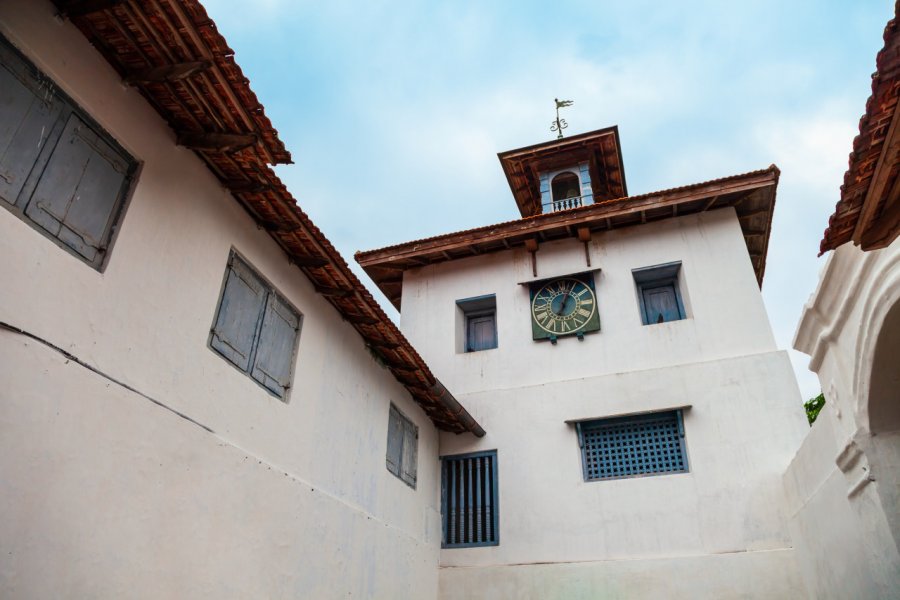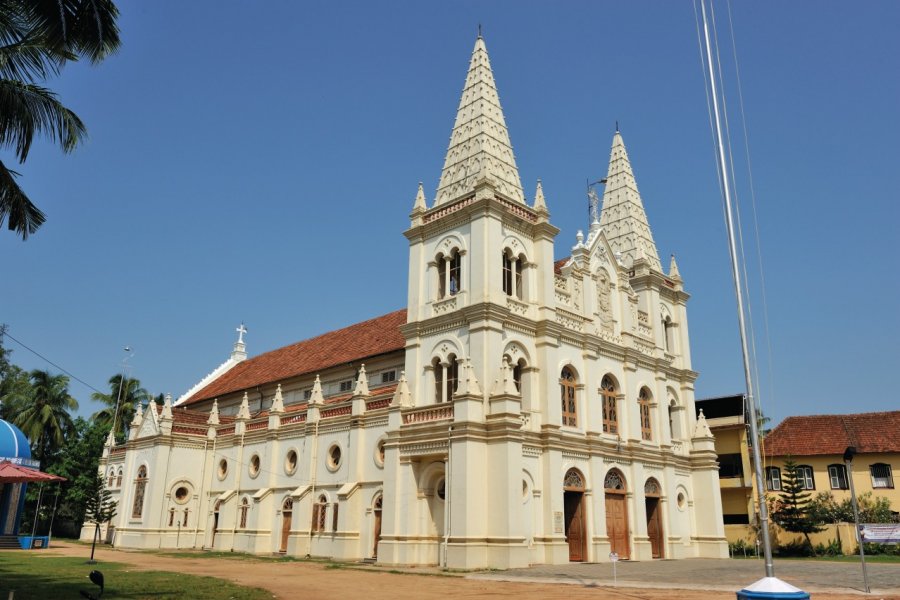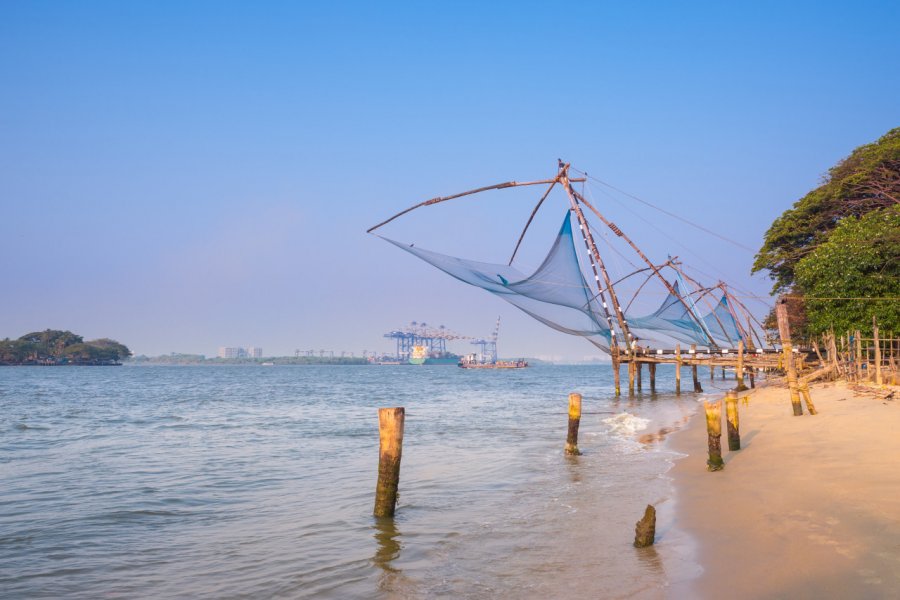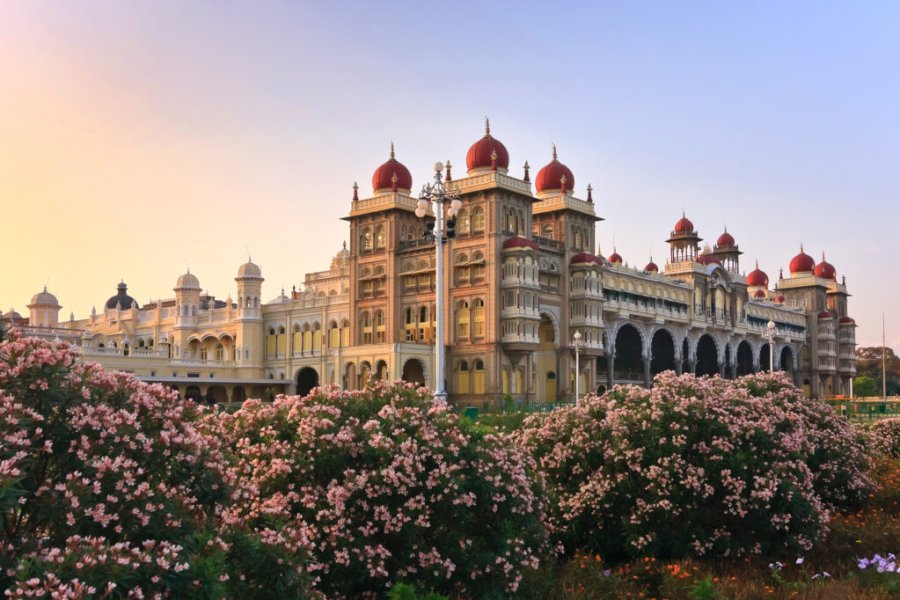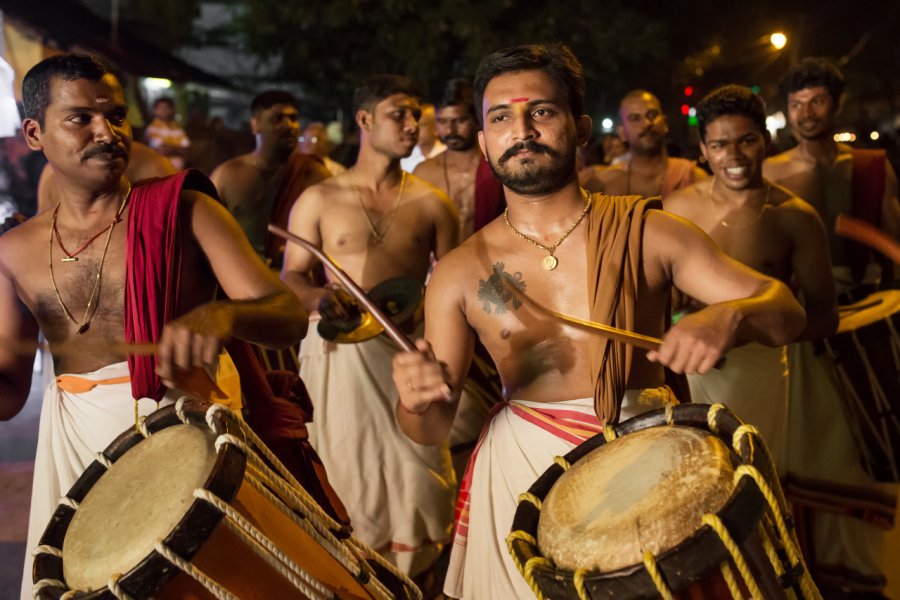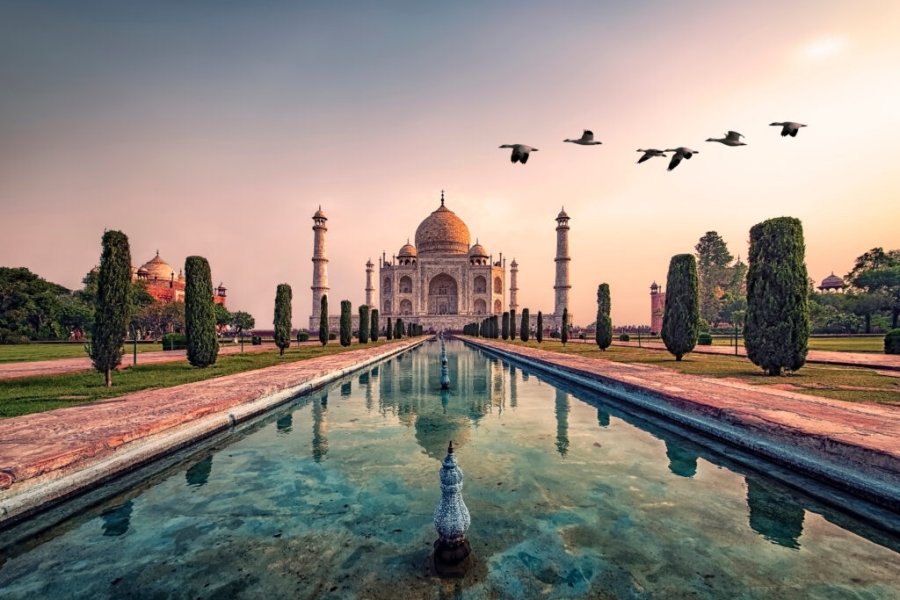Travel Guide Kochi
Find an accommodation
Advertising
Formerly called Cochin, Kochi is one of the most interesting cities in South India, a kaleidoscope where Dutch, Portuguese, Chinese, Christian, Muslim, Jewish and of course Malabar influences blend. Much has changed over the years and today Kochi is a vibrant and dynamic city, with a rapidly rising land price, a port that is becoming India's largest and a rapidly growing commuter population. The city is built partly on the mainland (Ernakulam district, the "modern" city), partly on several islets (Fort Kochi, where interesting colonial monuments are concentrated, and Mattancherry, and Vypeen Island where Cherai beach is located), which are reached by ferry. A romantic charm remains in the Fort Cochin district, between its former colonial residences converted into hotels, its decrepit spice warehouses - the district is still in operation -, its Portuguese churches, its antique dealers or its cafés bobos. It is a real city of atmosphere where it is good to stroll and from where it is difficult to get away. Allow at least two full days on site to enjoy it.HistoryThe history of the formation of the port of Kochi is a violent one, and nature is the main protagonist. In 1341, a monumental flood of the Periyar River altered its course and created an outlet to the sea. It destroyed the port of Muziris, 40 km to the north, in the process. Kochi then became an important port that would whet the appetites of the European powers. Before the arrival of the Europeans, the Chinese were already trading with the Malabar coast, where they came to buy ivory and pearls. In the 13th century, they introduced the use of fishing nets mounted on wooden frames, which can still be seen today. The Arabian Peninsula also trades with Kochi. The Portuguese were the first Europeans to arrive: in 1498, Vasco da Gama arrived in the port. The Portuguese are surprised to find a Christian community on the spot, which would date back to 52 AD, with the arrival of Saint Thomas. They erected Fort Manuel to protect their commercial interests. They developed extensive cultivation of coconut, ginger and pepper. They introduced tobacco, cashew nuts and fruit cultivation. In 1663, the Dutch took Fort Cochin from the Portuguese and held the city until 1795 when the English rejected them. The latter undertook to deepen the port of Kochi and artificially created the island of Willingdon.Kochi is also marked by its Jewish community, which is now reduced to the smallest part. The so-called "black" Jews of Kerala trace their origins back to King Solomon's commercial expeditions 3,000 years ago. These Jews married Indian women and integrated into the cosmopolitan society of the Malabar coast. They are called "Black Jews" as opposed to "White Jews" who arrived in the 16th century, fleeing Catholic persecution. These white Jews married only in their community, despising black Jews, and gained significant prestige at the court of Kerala, thanks to their pale skin and their ties with Europe.
What to visit Kochi?
Advertising
Suggested addresses Kochi
x 36
The best restaurants
x 122
The best hotels
x 23
The best visits
x 12
Travel agencies
x 21
The best transportation
x 11
The best outings
x 2
Sport and leisure activities
x 1
The best treats
x 3
The best care
x 6
The best stores
x 3
The best home-deco
x 6
The best services
x 2
The best events
x 25
The good plans
Weather at the moment
Advertising
Organize your trip with our partners Kochi
Transportation
Book your plane tickets
Car Rental
Boat rental
Accommodation & stays
Find a hotel
Holiday rental
Find your campsite
Tailor-made trip
Immersion travel
Services / On site
Activities & visits
Find a doctor
